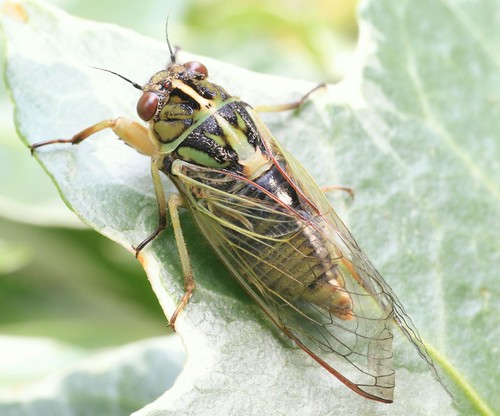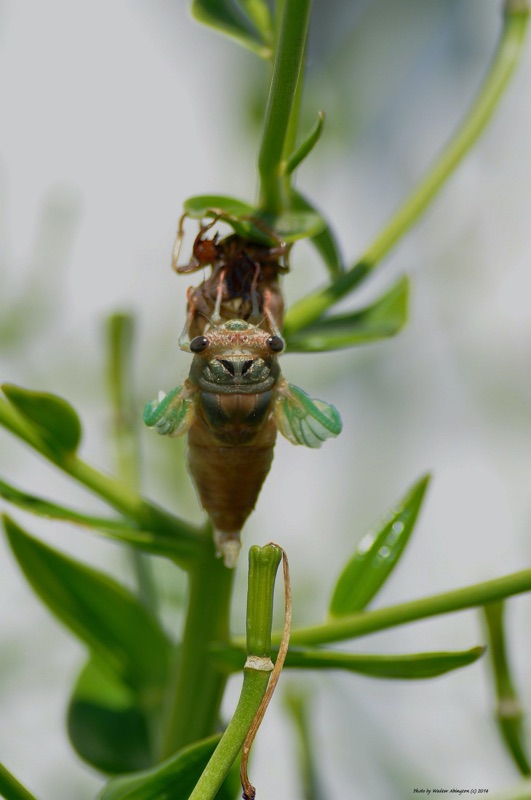I follow a narrow variety of people on Twitter, focusing on insect experts and enthusiasts, and specifically, many people who focus on cicadas. Too see all the folks I follow, Visit my Twitter account.
Only a percentage of their posts are about cicadas, but they are still the best bets for cicada news on Twitter.
Lindsay Popple @_DrPop_
Lindsay Popple runs the amazing Cicadas of Australia website. If you like cicadas in general, and specifically Australian cicadas, follow @_DrPop_.
Nathan Emery @ecotechnica
Nathan Emery, like his father David Emery is an expert on Australian cicadas. Follow him @ecotechnica.
Bill Reynolds @NCBugs
Bill has an amazing knowledge of the annual cicadas of North America, in particular Tibicen. Follow @NCBugs.
Team Cicada @Magicicada1317
Team Cicada is the team behind Cicadas @ UCONN (formerly Magicicada.org). If you’re interested in periodical/Magicicada/17 year cicadas, follow @Magicicada1317.
SAISHO, Y. @Zi_kade
SAISHO, Yasumasa is the person behind the Cicadae in Japan website. If you’re interested in the cicadas of Japan, follow @Zi_kade.
New Forest Cicada @NewForestCicada
The New Forest Cicada Project are trying to find the possibly extinct New Forest Cicada in England. Follow @NewForestCicada.
Cicada Mania @cicadamania
Of course you can follow Cicada Mania as well. 🙂 .





















